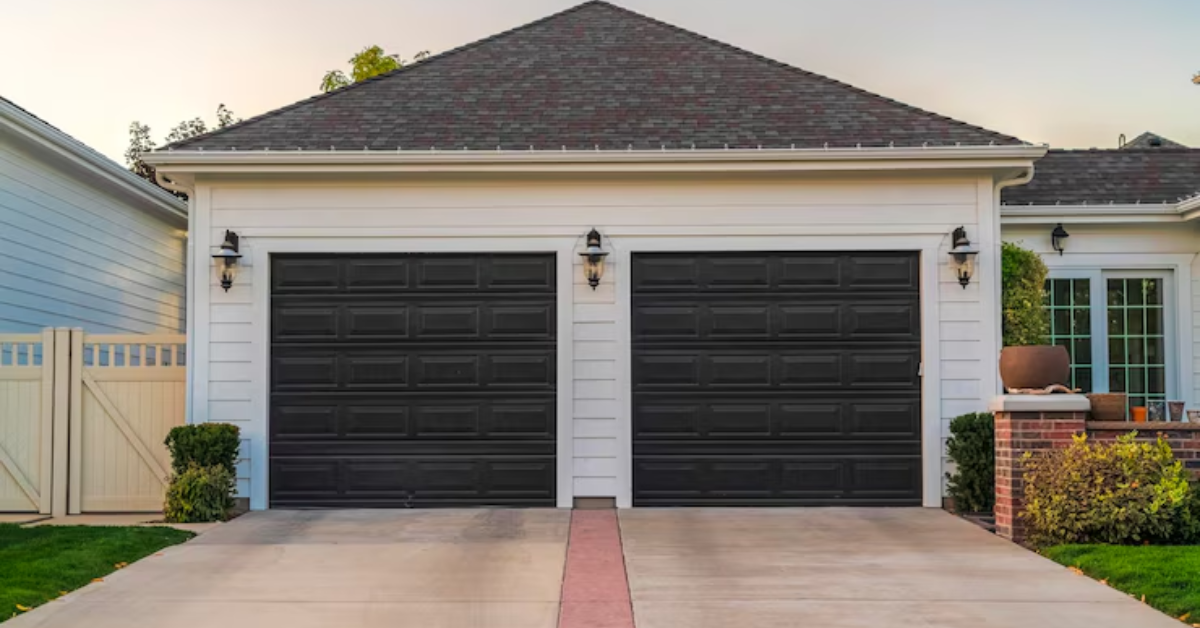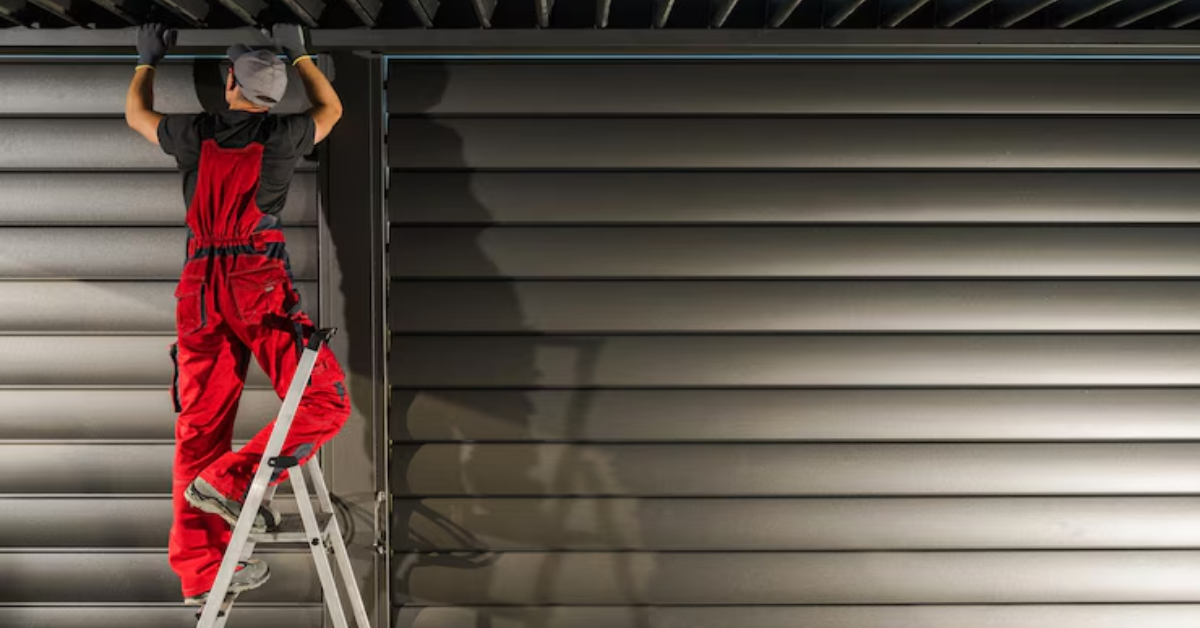Common Mistakes to Avoid During Automatic Garage Door Installation
Precision and attention to detail are essential when installing an automatic garage door. An improperly installed garage door can lead to significant safety hazards, mechanical issues, and costly repairs down the line. As industry experts, we have compiled a comprehensive guide to help you avoid common mistakes during the installation process. Whether you're a seasoned professional or a DIY enthusiast, understanding these pitfalls can save you time, money, and frustration.
1. Inadequate Preparation Before Installation
One of the most frequent mistakes is failing to prepare adequately before beginning the installation. This includes not measuring the space accurately, neglecting to check the compatibility of the garage door with the existing structure, and overlooking the importance of having the right tools on hand.
Accurate Measurements Are Key: Taking precise measurements is the foundation of a successful installation. Measure the width and height of the garage opening, and ensure that the door you have chosen fits these dimensions perfectly. Inaccurate measurements can lead to gaps, misalignments, and difficulties in operation.
Compatibility with Existing Structure: Before proceeding, confirm that the automatic garage door system is compatible with your garage's structural elements. Consider factors such as the type of wall material, ceiling height, and available clearance. Ignoring these can lead to improper installation and potential damage to both the door and the structure.
2. Skipping the Manufacturer’s Instructions
Each automatic garage door model comes with specific installation instructions from the manufacturer. A common mistake is to assume that all garage doors are installed in the same way and to skip these critical instructions. Even if you have installed garage doors before, always refer to the manufacturer’s manual for the specific model you are working with. These guidelines provide crucial information about correct alignment, wiring, and safety protocols that are unique to each system. Manufacturers include safety warnings in their instructions for a reason. Skipping over these can result in serious accidents or injuries. Always adhere to the recommended safety precautions, such as disconnecting power before installation and wearing appropriate protective gear.
3. Incorrect Installation of Tracks and Springs
The tracks and springs are vital components of an automatic garage door system. Mistakes in their installation can lead to malfunctioning doors, increased wear and tear, and potential safety hazards. Ensure that the tracks are perfectly aligned and securely fastened. Misaligned tracks can cause the door to become stuck, operate unevenly, or even derail. Use a level during installation to verify that the tracks are straight and properly aligned with the garage opening.
Springs provide the necessary force to lift and lower the garage door. Incorrect tensioning of these springs can result in a door that is difficult to operate or one that suddenly slams shut. Always follow the manufacturer’s instructions for setting the correct spring tension.
4. Neglecting Electrical Wiring and Connections
For an automatic garage door, the electrical wiring is as crucial as the mechanical components. Poor wiring can lead to system failures, electrical hazards, or even fire risks. When handling the wiring for the garage door opener, ensure that all connections are secure and comply with local electrical codes. Use the appropriate gauge of wire, and avoid using extension cords, as they can overheat and pose a fire risk. Before finalizing the installation, test all electrical components, including the opener, sensors, and remote controls. Make sure the system responds correctly to commands and that safety features, such as the automatic reversal function, are operational.
5. Overlooking Safety Features
Automatic garage doors come with various safety features designed to prevent accidents and injuries. Ignoring these features during installation can lead to dangerous situations. Modern garage doors are equipped with safety sensors that detect obstructions in the door's path. Ensure these sensors are properly installed at the correct height and angle. Test the sensors to confirm that the door automatically reverses when an obstruction is detected. Familiarize yourself with the emergency release mechanism and make sure it is functioning correctly. This feature allows you to manually open the door in case of a power failure or other issues with the automatic system.
6. Rushing the Installation Process
Installing an automatic garage door is not a task that should be rushed. Rushing through the steps can lead to missed details, improper installation, and a host of problems down the line. Allocate sufficient time for each phase of the installation process. Carefully review each step before moving on to the next, and double-check your work as you go. Attention to detail is critical to ensuring the door operates smoothly and safely.
Once the installation is complete, conduct a thorough final inspection. Check that all components are securely fastened, that the door opens and closes smoothly, and that all safety features are functioning properly. This final check can help you catch any issues that need to be addressed before considering the job done.
7. Failing to Consider Long-Term Maintenance
Even after a successful installation, your job is not finished. Neglecting maintenance can result in the door deteriorating more quickly and may void any warranties provided by the manufacturer.
Regular Maintenance Tips: To ensure the longevity of your automatic garage door, schedule regular maintenance checks. This includes lubricating moving parts, inspecting the tracks and springs, and testing the safety features. Regular maintenance can help you catch minor issues before they become major problems.
Documenting Installation and Maintenance: Keep detailed records of the installation process and any maintenance performed. This documentation can be invaluable if you encounter issues later on or need to refer back to the installation specifics for troubleshooting.
Conclusion
Successfully installing an automatic garage door requires careful planning, precision, and adherence to best practices. By avoiding these common mistakes during your automatic garage door installation, you can ensure a smooth, safe, and successful setup. Taking the time to prepare, follow manufacturer instructions, and pay attention to detail will save you from future headaches and costly repairs. Attention to these details not only enhances the functionality and longevity of the door but also safeguards against potential hazards, ensuring peace of mind for years to come.




